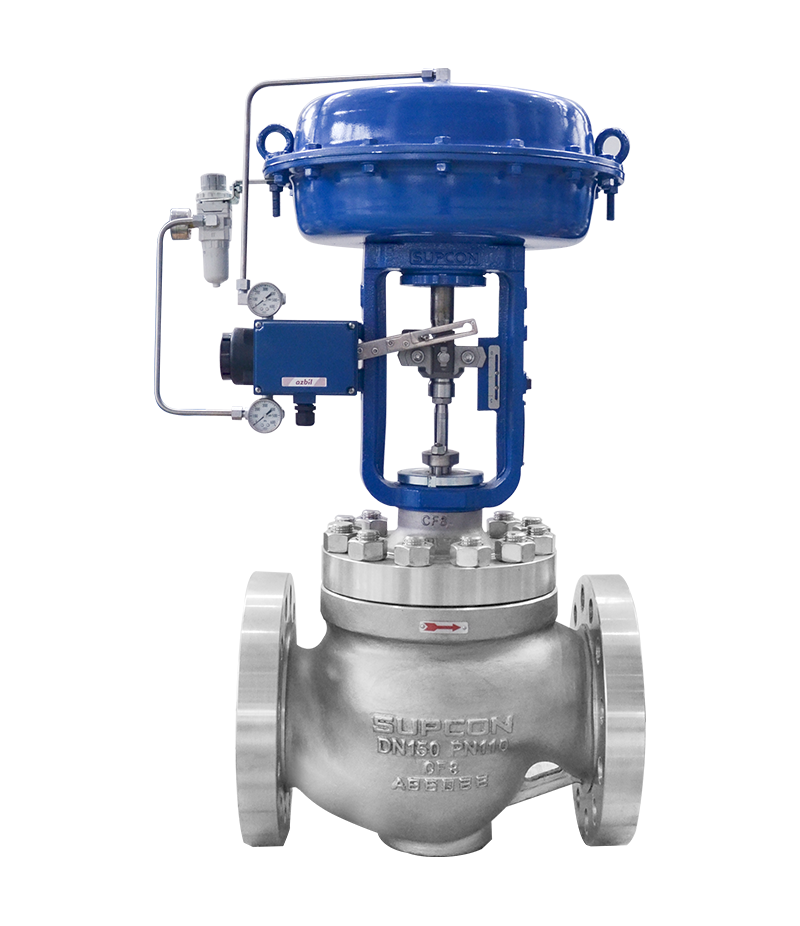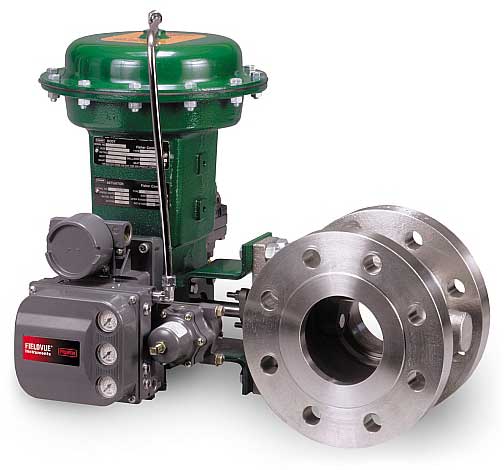
Maximize Power Cost Savings and Convenience With Advanced Structure Automation Controls
In the realm of modern design and facility administration, the assimilation of innovative structure automation controls stands as a crucial development. The convergence of technology and sustainability has birthed a new age where power performance, comfort optimization, and operational streamlining are no longer obtainable realities yet far-off ambitions. By taking advantage of the power of automation, buildings can adjust, respond, and advance in manner ins which were when inconceivable. The potential for considerable energy savings and boosted comfort is not just an opportunity yet a promise waiting to be fulfilled. This paradigm shift in structure management holds the crucial to opening a world where environmental conscientiousness and resident wellness harmoniously exist together within the wall surfaces of our structures.
Energy Effectiveness Conveniences
Energy effectiveness benefits can significantly decrease power intake and functional expenses in structures. By implementing energy-efficient methods and modern technologies, building proprietors and drivers can attain substantial savings while also adding to environmental sustainability. One of the primary advantages of enhancing power efficiency in buildings is the reduction of utility bills. Energy-efficient systems, such as innovative building automation controls, can optimize making use of resources like lighting, cooling, and heating, causing lower power expenses over time.
In addition, improved energy performance can lengthen the life expectancy of building devices and systems. By running extra effectively, a/c systems, lighting fixture, and various other building parts experience much less wear and tear, causing decreased upkeep and replacement expenses. Furthermore, energy-efficient structures commonly command greater residential or commercial property worths and rental prices, offering long-term monetary benefits to owners.
In addition, power efficiency can improve occupant comfort and efficiency. Correctly managed indoor atmospheres with optimum lighting and thermal conditions develop a more positive and favorable work area, bring about improved worker complete satisfaction and efficiency. Overall, the energy effectiveness advantages associated with sophisticated structure automation controls are multifaceted, encompassing expense financial savings, environmental stewardship, and resident health.
Improved Convenience Control
Enhancing comfort control in building atmospheres needs an advanced integration of advanced automation systems for optimum occupant well-being. By making use of sophisticated building automation controls, centers can customize the interior setting to satisfy the particular needs and choices of occupants. control valves.
By including these sophisticated controls, structures can not only improve convenience however likewise enhance energy effectiveness by maximizing system operations based on real occupancy and use patterns. Ultimately, prioritizing owner comfort via sophisticated automation systems leads to an extra enjoyable and healthier interior environment.
Functional Effectiveness Improvements

Additionally, the implementation of real-time surveillance and analytics tools allows building drivers to identify energy inadequacies and operational abnormalities promptly. By continuously monitoring energy usage patterns and system efficiency metrics, modifications can be made in real-time to enhance power intake and guarantee peak functional effectiveness. control valves. In addition, incorporating demand feedback strategies right into building automation controls can even more improve functional performance by dynamically adjusting energy use based upon visit grid problems and pricing signals
Indoor Climate Optimization
Effective interior climate optimization is an essential facet of structure automation controls, guaranteeing residents' convenience and well-being while making the most of energy cost savings. By using innovative sensors and controls, building automation systems can continuously keep an eye on and change temperature level, humidity levels, air quality, and ventilation to develop an optimal indoor environment. Maintaining comfortable and constant conditions not just boosts resident fulfillment yet additionally boosts productivity and overall well-being.
Interior environment get redirected here optimization likewise plays an important role in power performance. By fine-tuning air conditioning, ventilation, and home heating systems based on real-time information and tenancy patterns, developing automation controls can substantially decrease power usage - control valves. Carrying out techniques such as demand-controlled ventilation and thermal zoning can aid reduce energy waste while ensuring that each location of the building gets the required conditioning.

Sustainable Environment Creation
Building automation controls not only optimize interior environment conditions for energy performance and owner convenience however also lay the structure for producing a lasting environment through strategic monitoring of sources and systems. By integrating innovative building automation innovations, such as sensors, actuators, and smart software application, facilities can monitor and readjust energy use in real-time to lessen waste and reduce their carbon footprint. These systems allow predictive upkeep, determining prospective issues prior to they escalate and maximizing tools efficiency to enhance long life and effectiveness.
Moreover, lasting environment development extends past energy monitoring to page include water conservation, waste decrease, and interior air quality renovation. Building automation controls can control water usage, identify leakages, and ensure appropriate garbage disposal methods, contributing to general sustainability efforts. In addition, by monitoring and regulating air flow and filtering systems, these innovations enhance passenger wellness and productivity while reducing energy intake connected with HVAC procedures.
Conclusion
To conclude, progressed building automation regulates offer considerable advantages in regards to power savings, comfort control, operational efficiency, indoor environment optimization, and developing a lasting environment. By carrying out these controls, structures can attain optimal performance while minimizing energy usage and boosting owner convenience. It appears that making use of sophisticated automation technology is crucial in improving building performance and creating a much more lasting future.
Power effectiveness benefits can dramatically minimize power usage and operational costs in buildings. Overall, the power efficiency benefits associated with sophisticated structure automation controls are multifaceted, incorporating expense savings, environmental stewardship, and passenger wellness.
Additionally, integrating need action techniques right into structure automation controls can better improve operational efficiency by dynamically readjusting energy use based on grid conditions and pricing signals.
Building automation controls not just maximize interior environment problems for energy effectiveness and passenger convenience yet additionally lay the foundation for creating a lasting environment through strategic management of systems and sources.In verdict, advanced structure automation manages offer substantial benefits in terms of energy financial savings, comfort control, operational effectiveness, indoor environment optimization, and developing a lasting setting.